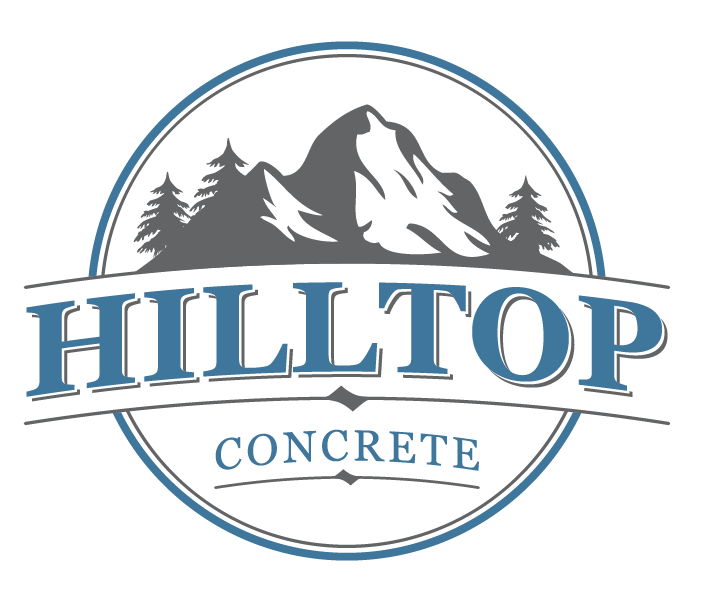The Unseen Muscle: Why PSI is Paramount in Concrete
Ever walk across a concrete bridge, drive on a paved highway, see a concrete fence or simply stand on a concrete patio and wonder what makes it so incredibly strong? The answer, in large part, lies in a fundamental measurement: PSI, or Pounds per Square Inch. Understanding PSI isn't just for engineers; it's key to appreciating the unseen muscle that allows concrete to build our world.
.png?width=697&height=597&name=Hilltop%20Logo%20WHITE%20(1).png)
